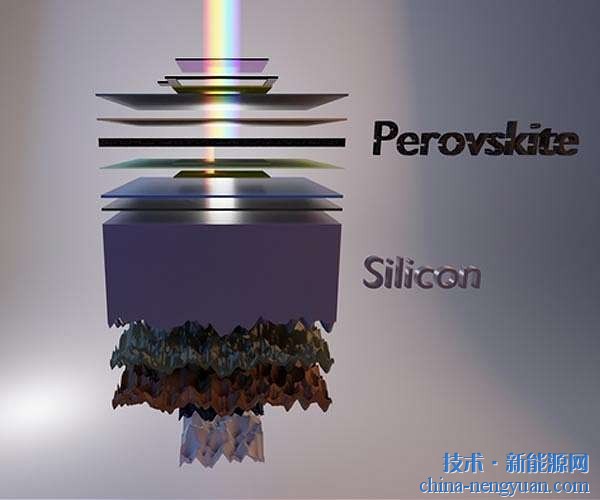 |
A two-dimensional lander proposed by NASA for exploration of planets
According to a recent report from the Australian Broadcasting Corporation (ABC), NASA has approved the development of a groundbreaking concept known as the "two-dimensional planetary surface lander." This innovative design is essentially a small, flexible carpet-like device that could revolutionize how we explore distant worlds. If this project moves forward, it could soon be deployed on outer planets or even asteroids.
This idea was one of 12 selected under NASA’s Innovative Advanced Concepts (NIAC) program, which focuses on developing technologies that could reshape future space missions. The 2D lander is designed to be low-cost and highly adaptable, allowing scientists to send multiple units at once and reduce mission risks significantly.
Dr. Hamid Hemati, the lead researcher from NASA’s Jet Propulsion Laboratory, described the lander as a "flying carpet" with soft, flexible electronic components on both sides. He explained that current Mars rovers are large, expensive, and have only one chance to land successfully. In contrast, the 2D lander is compact, affordable, and can be deployed in groups—up to 50 or 100 at a time. Even if some units fail, others can continue their mission, making the overall approach more resilient and cost-effective.
The lander’s flat design allows it to carry a variety of sensors, power systems, and communication equipment, all integrated in a way similar to modern flexible electronics used in smartphones and laptops. Its solar panels and instruments can bend and flex, making it ideal for harsh extraterrestrial environments. Hemati also mentioned the possibility of including mini-laboratories on board, enabling on-site scientific analysis during missions.
Unlike traditional spacecraft, these landers don’t require complex landing systems or propulsion. They can be dropped from orbit and land safely on various surfaces, such as the icy moon Europa or the red planet Mars. This opens up new opportunities for exploring locations that were previously too risky or inaccessible with conventional technology.
While the concept is still in the early stages, the research team is working on ensuring the lander can survive extreme temperatures and radiation. Hemati acknowledged that while the idea is futuristic and theoretically sound, further studies are needed to make it a reality. However, he remains optimistic about its potential to transform space exploration in the coming years.
Pneumatic Ball Valve,Wear-Resistant Control Valve,High Pressure Ball Valve,O-Type Ball Valve
CEPAI Group Co., Ltd. , https://www.jscepai.com